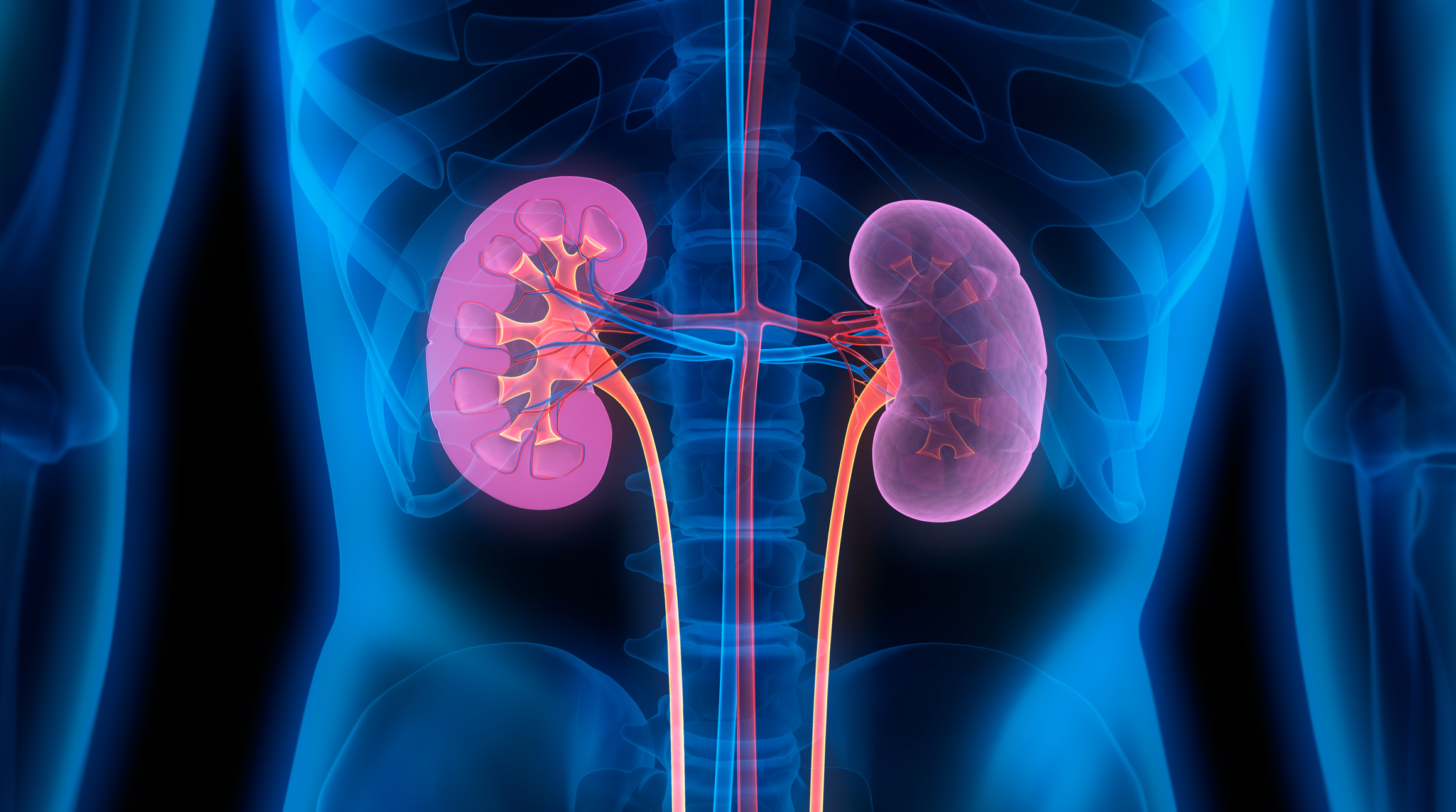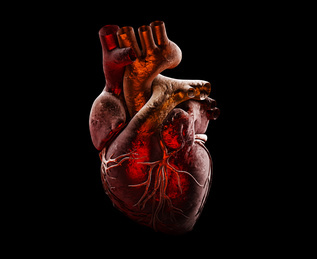Newsletter 2020: Enabling scientific discovery
Did you know...
… obesity can increase the risk of kidney disease?
It was previously unclear whether obesity directly caused kidney disease or whether there were other factors involved. Using data from UK Biobank, scientists from the University of Oxford have shown conclusively that obesity is a direct cause of chronic kidney disease.
The researchers studied over 1,000 genetic variations known to predispose people to obesity and found that the risk of kidney disease is positively associated with fat deposits all over the body, both under the skin and around the organs. Hence, controlling weight could be a new way to reduce the risk of kidney disease.
Find out more

… there is an association between physical activity and the risk of incident arrhythmias?
Researchers at the University of Adelaide used self-reported physical activity data and information from linked hospital admissions and death data to show that physically active participants have a reduced risk of developing cardiac arrhythmias (an irregular heartbeat).
Even better, these data support a protective association of arrhythmia risk with physical activity across a broad range of activity, suggesting that moderate amounts of activity are just as beneficial as burning up a sweat for hours at a time! There was no evidence of an association between physical activity and a slow heart rate (bradyarrhythmia).
Find out more

… there are genetic links between higher levels of abdominal fat and gastro-oesophageal reflux disease?
Gastro-oesophageal reflux disease (GORD) is associated with multiple risk factors but it’s difficult to understand what really causes it. Researchers from the University of Exeter used data from physical measures and genetics from UK Biobank participants to find answers.
Whilst they found that all measures of obesity were associated with a higher risk of GORD, the genetic data confirmed that a higher waist to hip ratio was the strongest determinant of GORD. The research showed that each 5 cm increase in waist circumference was associated with a 23% increase in risk, confirming that fat around the abdomen is an important factor in the development of GORD, and is much more important than an individual’s overall weight or body mass index (BMI).

… novel methods have been found for heart transplantation?
Around 200 heart transplants are carried out each year in the UK. Current international guidance recommends using total body weight ratios to match heart transplantation recipients with their donors. However, these guidelines overlook specifics of gender, body composition or heart mass when matching recipients with donors and researchers from Canada have suggested that taking these details into account will positively affect the outcome of heart transplant surgeries.
Researchers from the University of Calgary used imaging data from around 3,400 UK Biobank participants, who underwent heart MRI scans and dual-energy X-ray absorptiometry for body composition analysis, to formulate equations that included information on lean body mass (LBM) and predicted heart mass (PHM), which improved the success rate of heart transplant operations. They validated these findings on a further 53,000 UK Biobank participants and put these forward as a valid tool for donor-recipient size matching prior to heart transplant surgeries.
They highlighted that significant under or oversizing of donor hearts was associated with a worse survival rate one-year after a heart transplant operation – so these equations add valuable detail that will improve survival rates after heart transplant surgery.
Useful studies like this are truly revolutionising science!
Last updated

